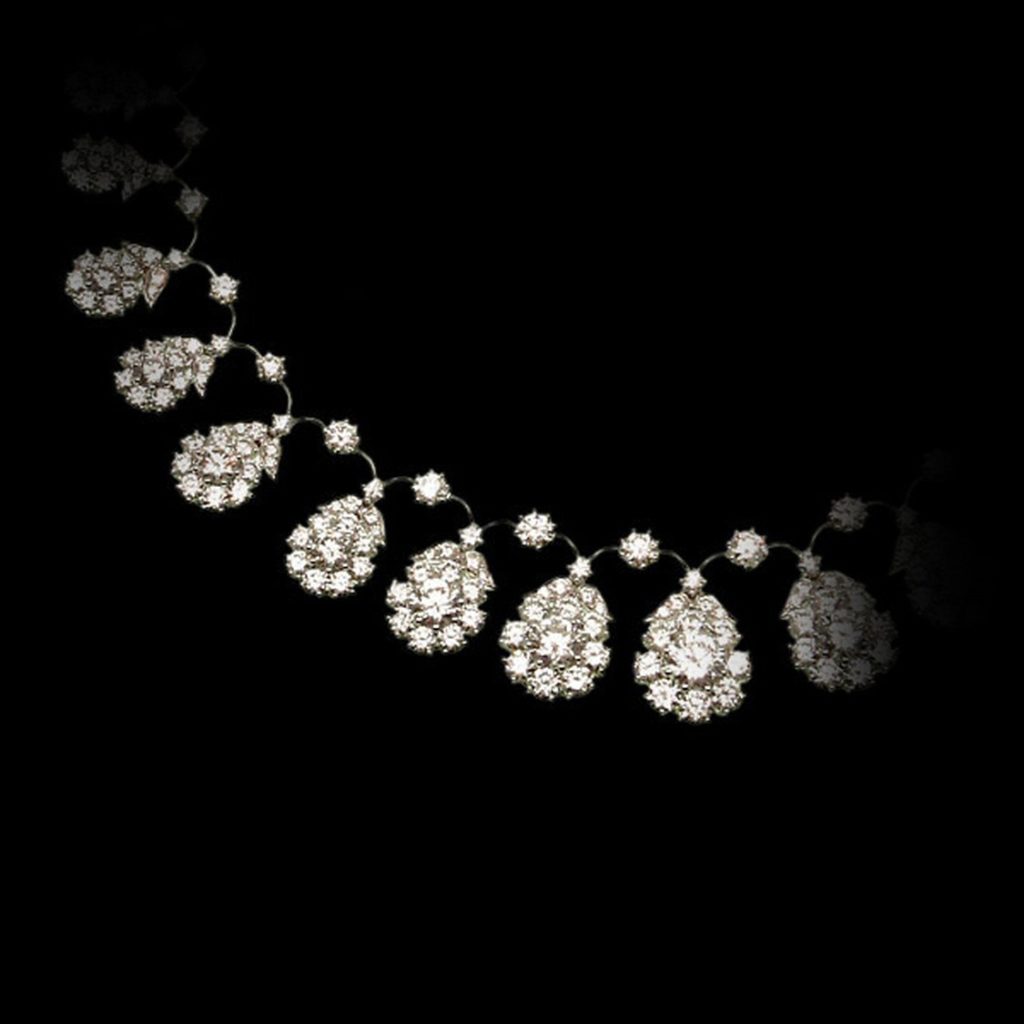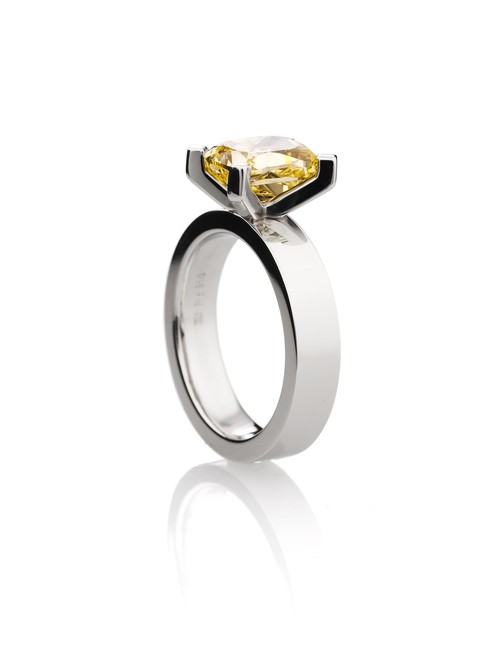We’d like to share our passion and expertise for diamonds with you, which is why we’ve created the Blesq diamonds blog – read on for gripping tales and exciting news about the most precious gemstone on Earth.
The Blue Wittelsbach Diamond was documented for the first time in 1666 as a dowry by Margarita Theresa, who brought it from Spain to Vienna. At that time, it was already cut to 35.56 carats and it was speculation that this rough diamond came from India. In 1722 the rare blue diamond again found itself as a dowry to the Bavarian House of Wittelsbach, for the wedding of Maria Amalia and Karl Albrecht of Bavaria. After the Blue Wittelsbach had adorned various valuable pieces of jewelry and status symbols, it was finally incorporated as a guiding stone in the crown of Elector Max Joseph in 1806 when he was made king.
At the time, it was said to have been worth 300,000 guilders, as much as all the other jewels at the court. When Wittelsbach got into liquidity difficulties due to the economic crisis in 1931, they tried to auction the stone through Christie’s, without success. It was not until 1951 that a buyer was found.
After being owned by various jewelers and other wealthy people, Christie’s auctioned it off in London on December 10, 2008 for $23.4 million, again to a jeweler, London’s Laurence Graff. Much criticism ensued after it became publicly known, that in January 2010 the stone was grounded, resulting in a loss of 4 carats. Graff was even accused of making it a “royal lollipop” and depriving it of any historical character. The New York Times reported in 2011 that the Blue Wittelsbach had been sold to unknown persons. It is speculated that Sheikh Hamad bin Khalifa Al Thani took possession of it for at least $80 million.
As a financial investment, emotional centerpiece, gift of great importance, or an heirloom, a diamond is a true asset of impressive beauty. Let yourself be inspired by BLESQ Diamonds, BLESQ Jewelry or the BLESQ BeSpoke Service.



